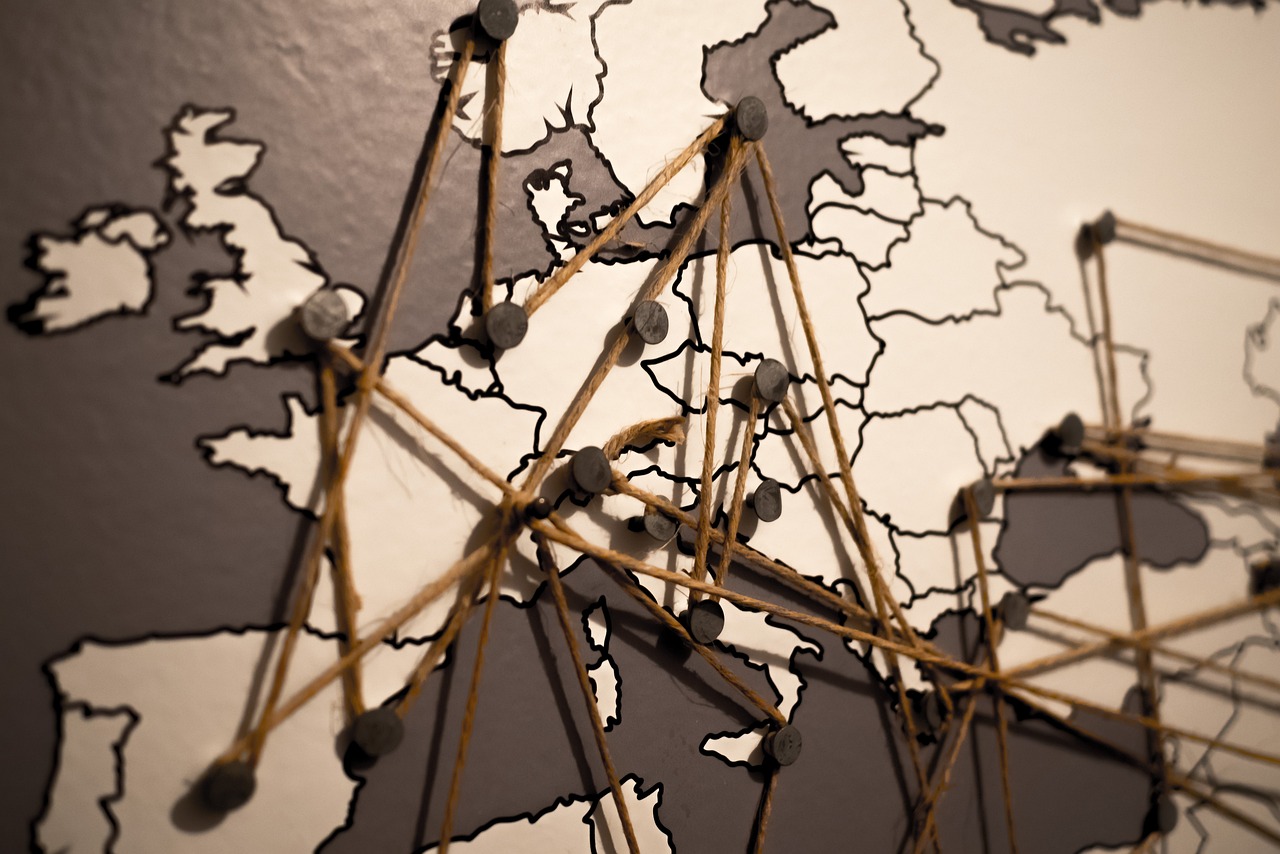Can PR be a lever for stability during conflict?
Tue, 01 Jul 2025

Even the best-led companies are vulnerable to unexpected issues caused by war – whether in the form of disrupted supply chains, shifting consumer behaviour or reputational risk. In today’s conflict-driven global environment, from Ukraine to Gaza and the broader Israel-Iran tensions, such instability demands more than just operational agility. It calls for leadership that pairs strategic decision-making with a keen understanding of perception and influence. Public relations is emerging not just as a tool for communication, but as a vital lever for shaping narratives, managing stakeholder expectations and navigating the complex realities of geopolitics.
Corporations and high-profile individuals face increasing pressure to move beyond statements and take action on global issues, including conflict, both publicly and within their organisations. Below, our expert GRA team highlights recent examples of how brands have navigated rising geopolitical tensions around the world.
Navigating the Israel-Iran crisis with strategic neutrality
The recently escalating tensions between Israel and Iran has forced companies to adopt proactive and carefully calibrated responses. Multinational firms operating in the Gulf, such as Renault, swiftly activated internal crisis protocols, including remote work mandates and emergency communication systems for staff in Tehran. Several risk advisory firms like International SOS, Control Risks and Kroll have seen a surge in requests for assistance, including evacuations from high-risk areas in Israel and Iran. Meanwhile, Shell CEO Wael Sawan issued a measured public statement acknowledging heightened caution in Middle East shipping lanes while affirming business continuity plans. These examples illustrate a core tenet of strategic communications during high-risk geopolitical moments: prioritise clarity, employee safety and operational transparency while maintaining a neutral, non-politicised stance.
Taking tangible action on global issues
In Ukraine Philip Morris International executed a comprehensive humanitarian response. They evacuated over 1,600 employees and families, donated ambulances and medical equipment and funded housing for their displaced members of staff. These actions were communicated through targeted campaign, showcasing not just corporate responsibility but operational resilience during conflict.
Similarly, during the initial phases of the Israel-Hamas war, companies such as Google and Goldman Sachs focused on internal communications: offering relocation assistance, mental health resources and real-time safety updates. Their communications strategy centred on employee wellbeing and operational continuity while maintaining neutrality and affirming their humanitarian commitments.
Controlling narratives and countering misinformation
During the Israel-Hamas war, Meta (which owns Facebook and Instagram) faced accusations of bias from both pro-Israel and pro-Palestinian groups regarding its content moderation practices. In response, Meta released transparency reports and public statements outlining its enforcement actions and moderation policies, aiming to maintain public trust while navigating politically charged terrain.
This example illustrates that modern conflicts are increasingly defined by the narratives they generate, not just the territory they impact. Public relations and social media have become powerful tools and battlegrounds for influencing global sentiment. Competing narratives are often driven by emotionally charged content, bots and selective imagery, making it difficult to separate fact from manipulation. In such an environment, brands must adopt disciplined information strategies, rigorously verify facts before engaging publicly with viral content without scrutiny.
Embracing quiet diplomacy
Some organisations use communication approaches to support backchannel diplomacy efforts. While not always publicised, companies operating in divided markets (e.g., Coca-Cola in the Middle East) have historically facilitated people-to-people engagement through neutral CSR (Corporate Social Responsibility) programmes, youth initiatives and health partnerships that operate across political lines.
Supporting independent journalism is another indirect yet powerful PR strategy. Brands funding platforms such as the Institute for War & Peace Reporting or BBC Media Action help strengthen credible narratives in conflict zones and indirectly advance peace by elevating truth and reducing misinformation influence.
Conclusion
By prioritising preparedness and clear, factual communication, organisations can reduce reputational and operational risks during rapidly escalating geopolitical crises. Transparent, action-oriented PR helps shape narratives that minimise misinformation and panic, supporting calm and constructive engagement. Clear, non-politicised messaging, a focus on employee safety and fostering community dialogue can stabilise environments and align corporate actions with peace-building. While PR alone cannot resolve conflicts, used responsibly, it can be a quiet yet powerful tool for advancing stability when it is most needed.
If your organisation is navigating global geopolitical tensions, we can support you in developing a communications strategy that aligns with your values while managing risk. Get in touch to discuss how we can help: [email protected].